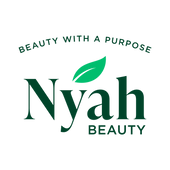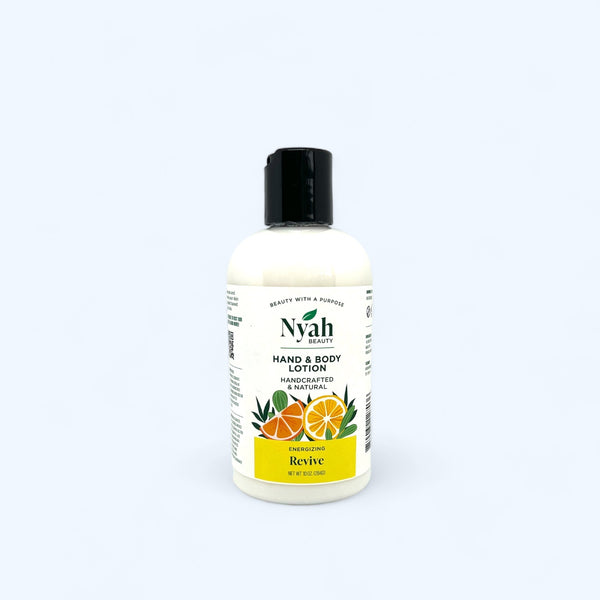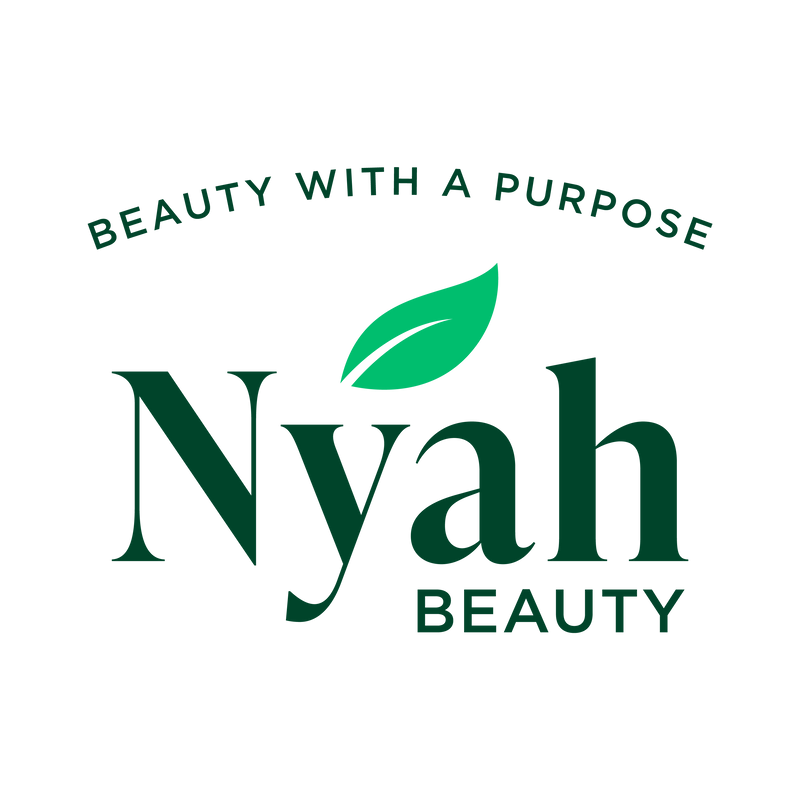Just because it Lathers doesn't make it True Soap
Soap has been a staple in our daily hygiene routines for centuries, promising cleanliness and washing germs away. But what if we told you that not everything that bubbles and foams is true soap?
We're here to shed light on the difference between true soap and its imitators, as well as the potential pitfalls of using non-soap products.
True Soap: The Definition and Science Behind It
At its core, true soap is a product formed through the chemical reaction between fats or oils and an alkali, typically sodium hydroxide (lye). This process, known as saponification, produces soap molecules that have hydrophilic (water-attracting) and hydrophobic (water-repelling) ends. These properties allow soap to lift away dirt, grease, and impurities from surfaces and skin when combined with water.
Non-Soap Cleansers: A Sneak Peek
Not all cleansing products labeled as "soap" fall under the true soap category. Many commercial products that look like soap, such as body washes, shower gels, and liquid hand soaps, often contain synthetic detergents or surfactants as their primary cleansing agents. While these products may create a luxurious lather, they don't rely on the same saponification process that true soap does.
The Lather Myth
One common misconception is that more lather equals better cleaning. This belief has led to the proliferation of products that produce copious amounts of bubbles and foam. However, the truth is that excessive lather is not indicative of superior cleaning power. True soap creates lather through a natural process, while non-soap cleansers may rely on added chemicals to generate foam.
The Pitfalls of Non-Soap Cleansers
a. They can be drying and strip your skin of its natural oils. Non-soap cleansers, especially those containing sulfates, can be harsh on the skin and strip away natural oils, leading to dryness, irritation, and sensitivity.
b. Some non-soap products contain harmful chemicals that can contribute to water pollution and harm aquatic ecosystems.
c. Additives found in non-soap cleansers can trigger allergic reactions and skin irritation in some individuals.
Make Better Choices
So now that you know better it is time to do better.
a. Become a label reader. To tell the difference between true soap and non-soap cleansers, carefully read product labels and look for ingredients like sodium hydroxide (lye) for true soap.
b. Opt for natural ingredients. Choose products made with natural oils and plant-based ingredients to ensure gentler cleansing and fewer environmental impacts.
c. Patch test when trying new products. If you have sensitive skin, perform a patch test before using a new product to avoid potential allergic reactions.
So the next time you are in the soap aisle read the packaging and see if you can spot if it’s true soap or an imposter.
When it comes to your hygiene routine, knowledge is indeed your strongest ally and now you are equipped to know the difference.



